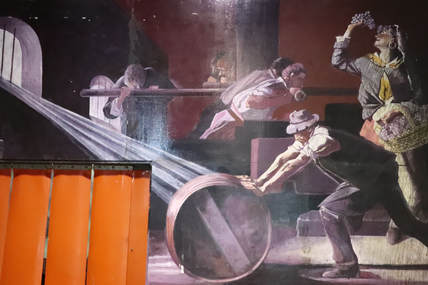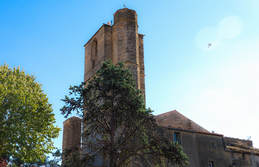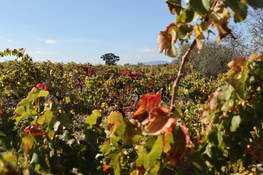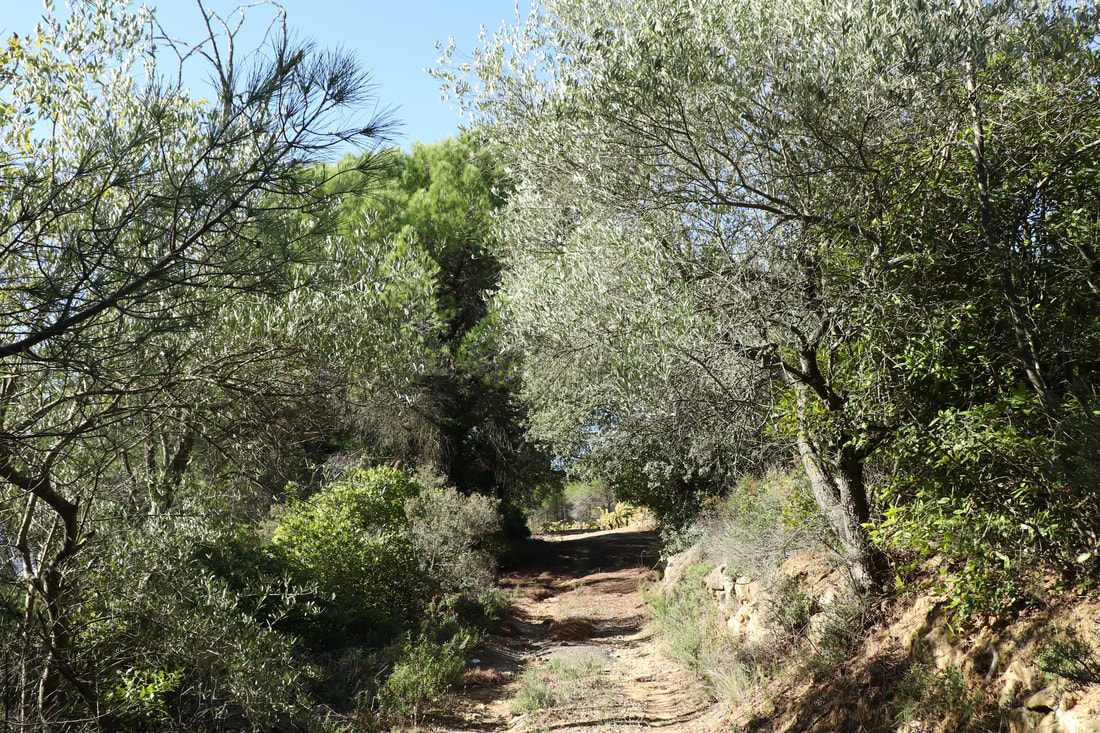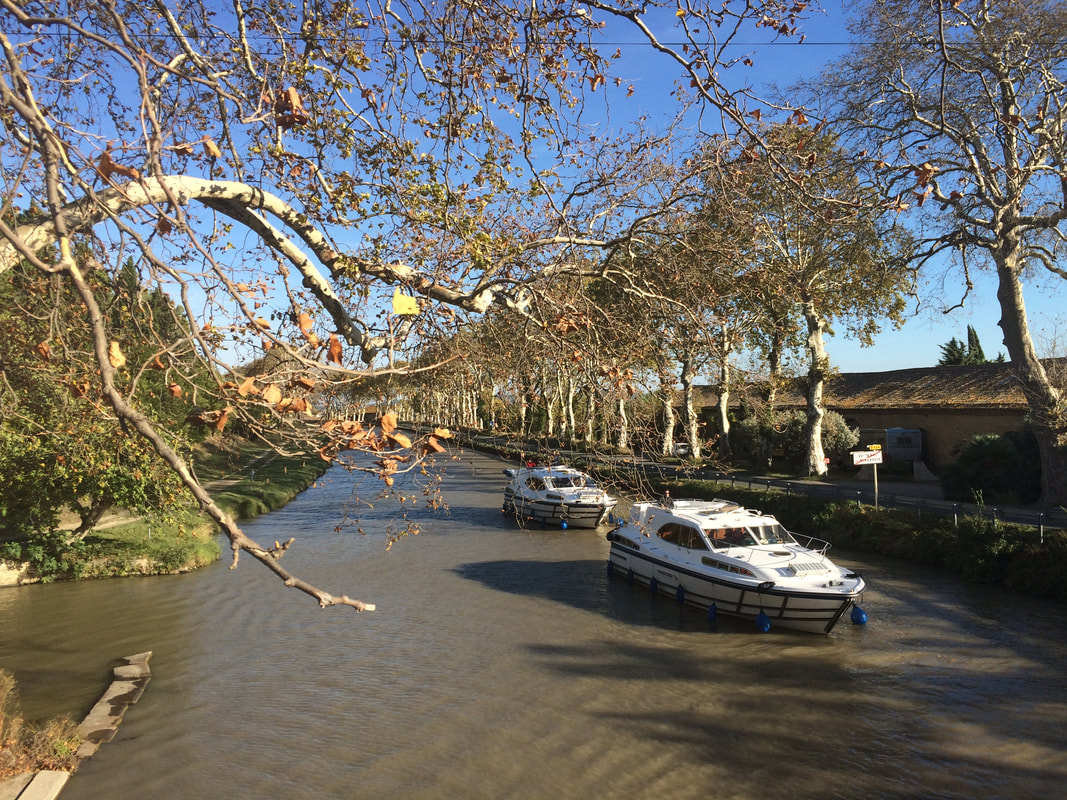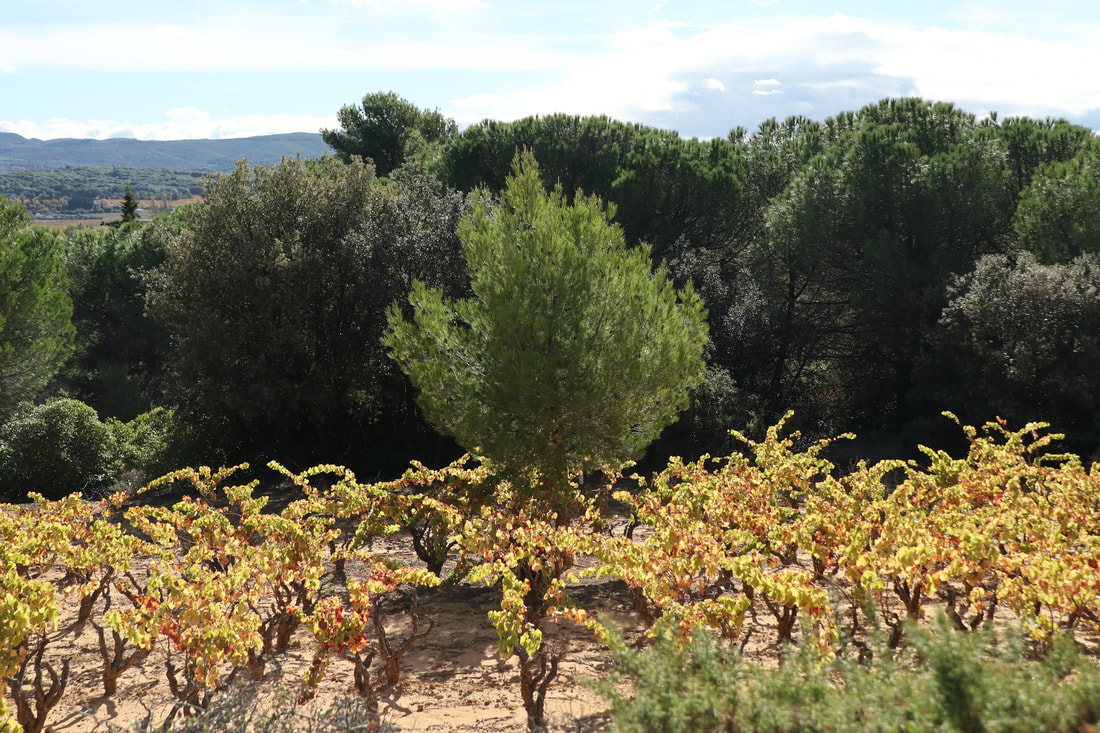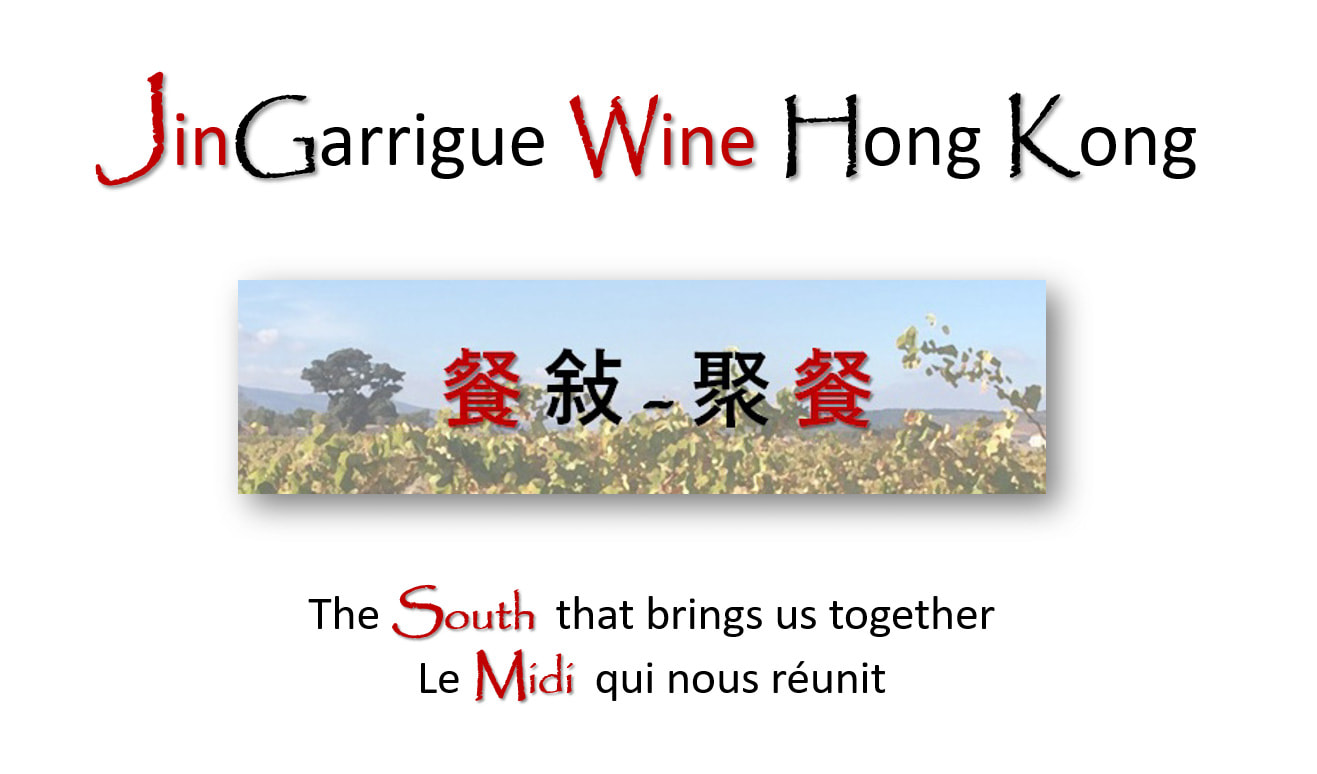The Corbières, such a rich history
JinGarrigue Wine Hong Kong invites you to discover Corbières' history step by step.
The aromas of the Corbières' terroir have their temperament.
They transmit more than a taste, a flavour: They bequeath a story.
Let's bet that you will soon be fascinated by the heritage of this wild,
pure and still authentic county!
餐 敍 - 聚 餐
JinGarrigue Wine Hong Kong invites you to discover Corbières' history step by step.
The aromas of the Corbières' terroir have their temperament.
They transmit more than a taste, a flavour: They bequeath a story.
Let's bet that you will soon be fascinated by the heritage of this wild,
pure and still authentic county!
餐 敍 - 聚 餐
